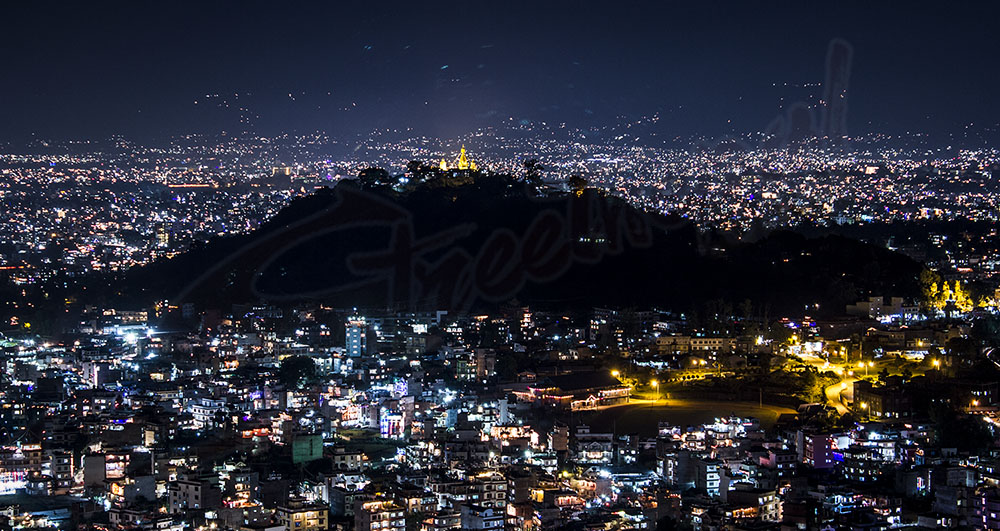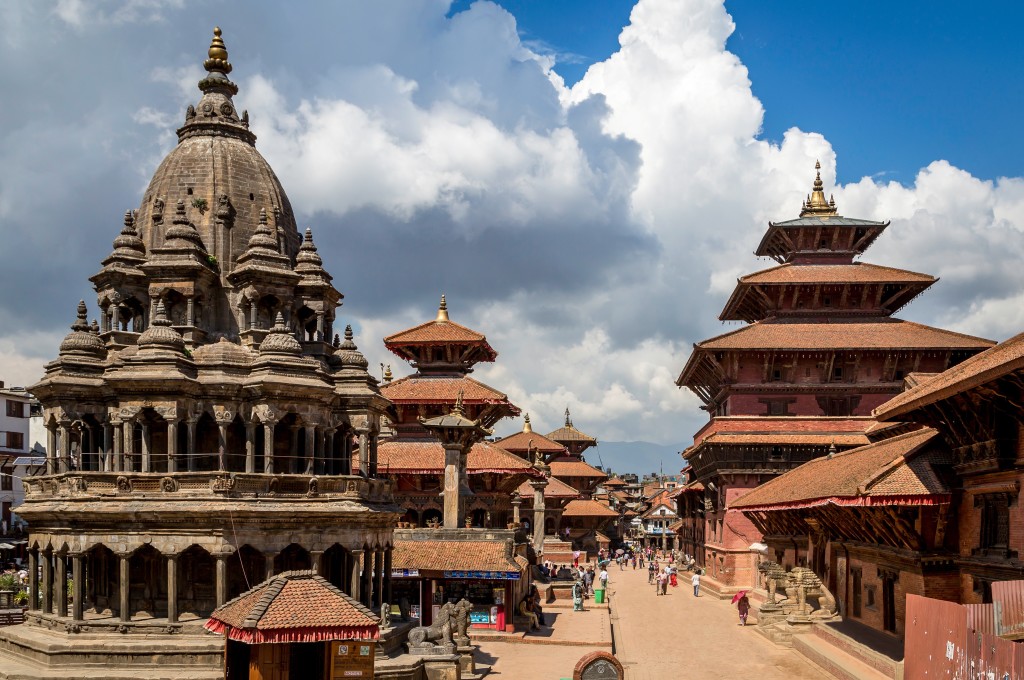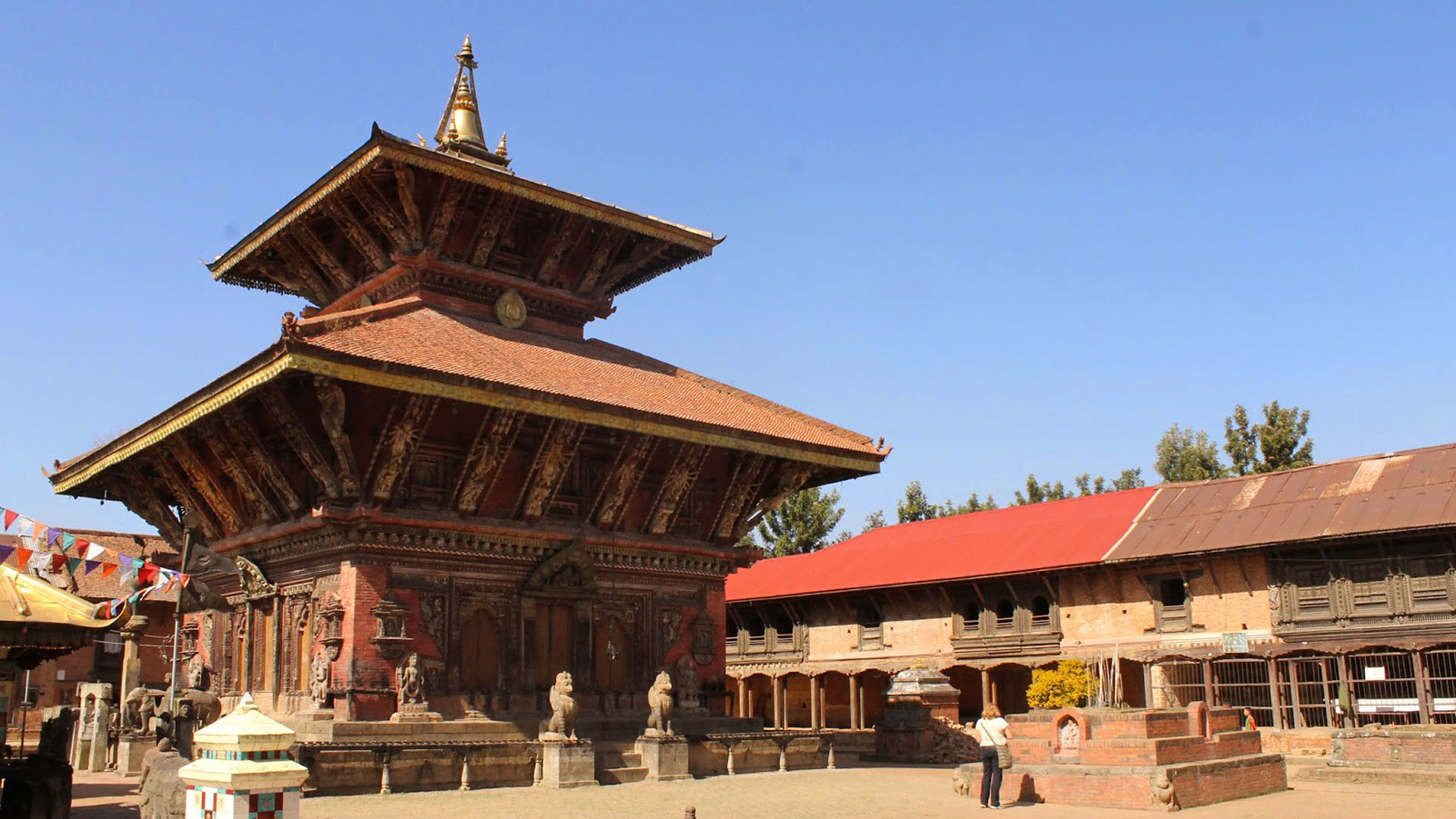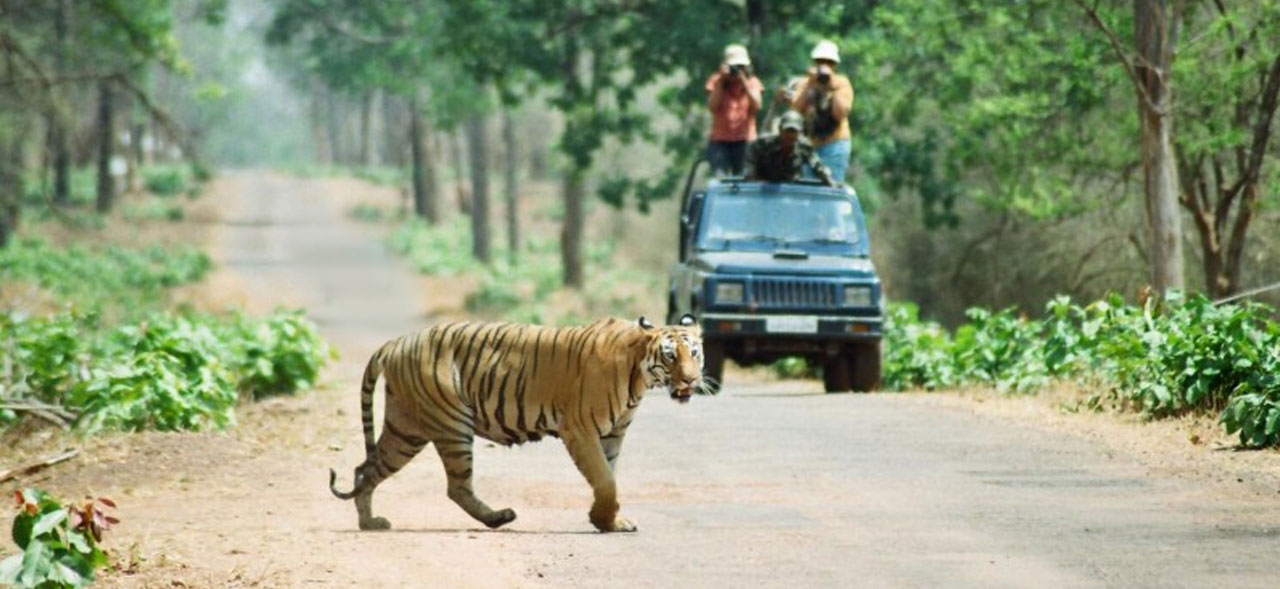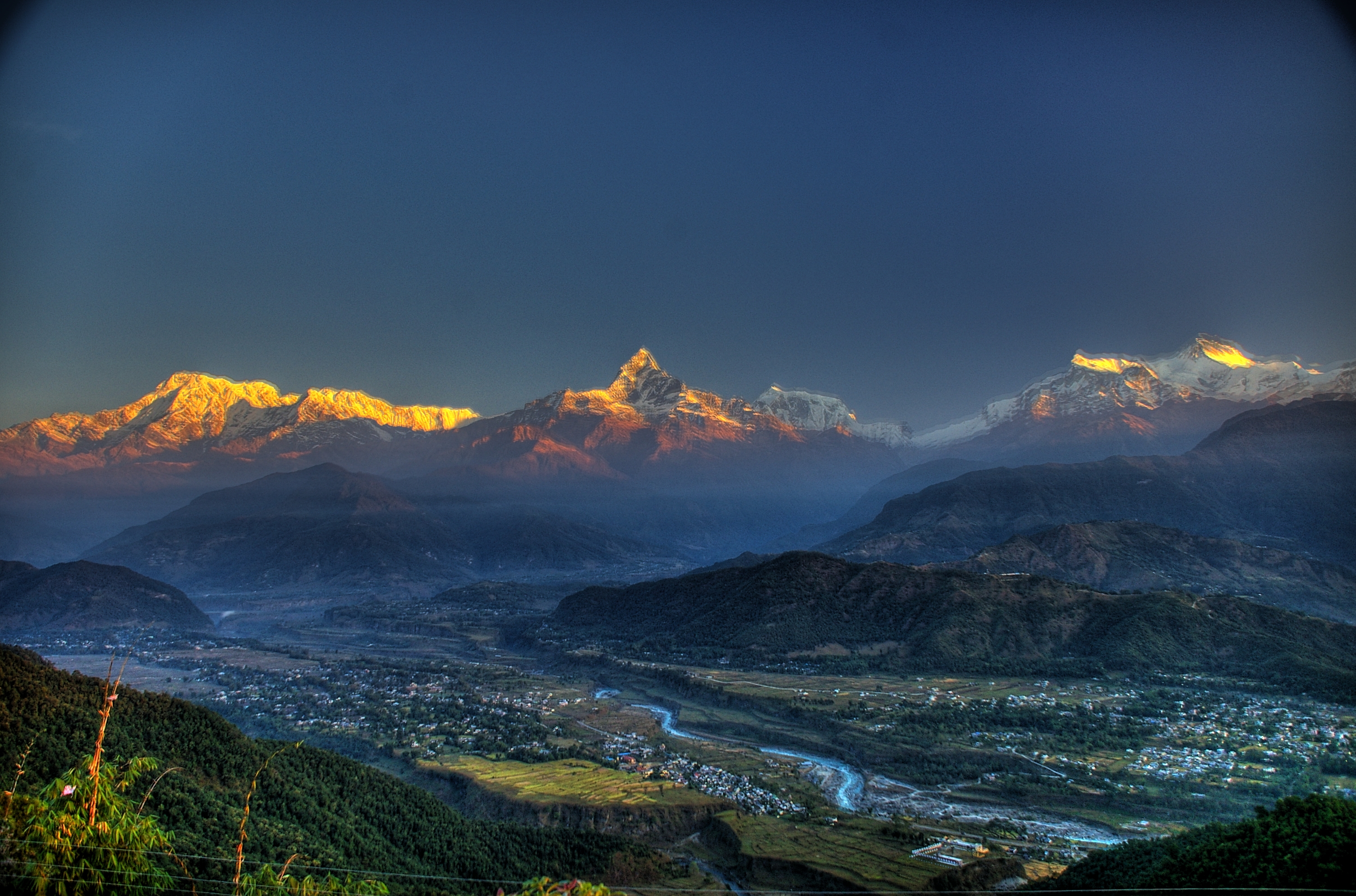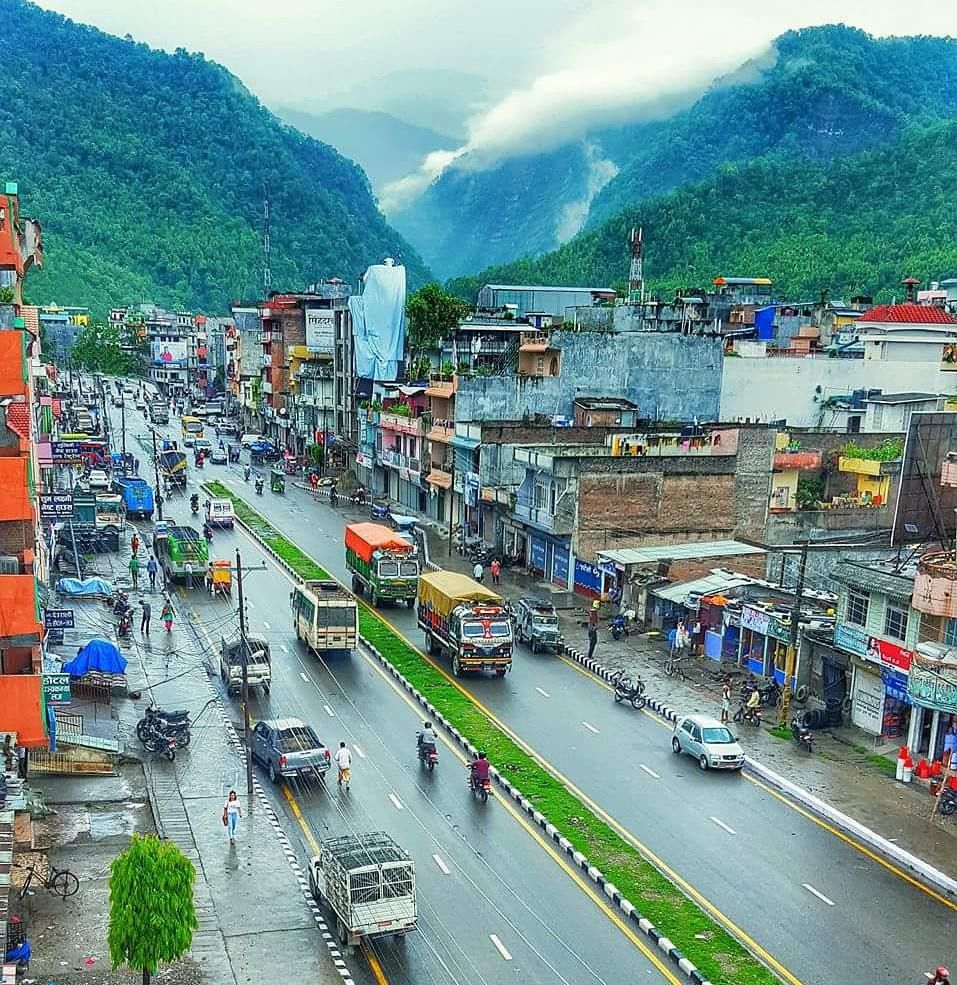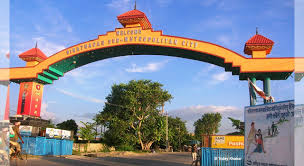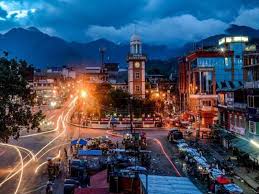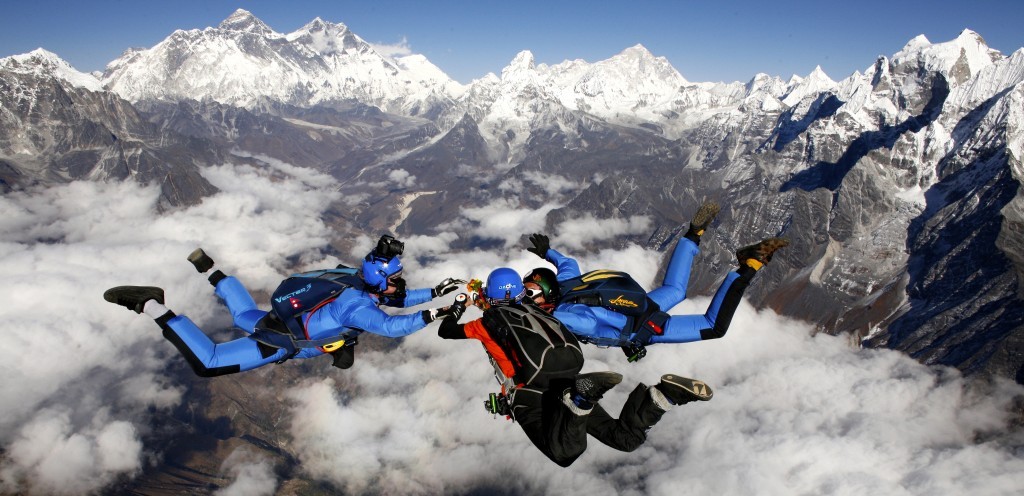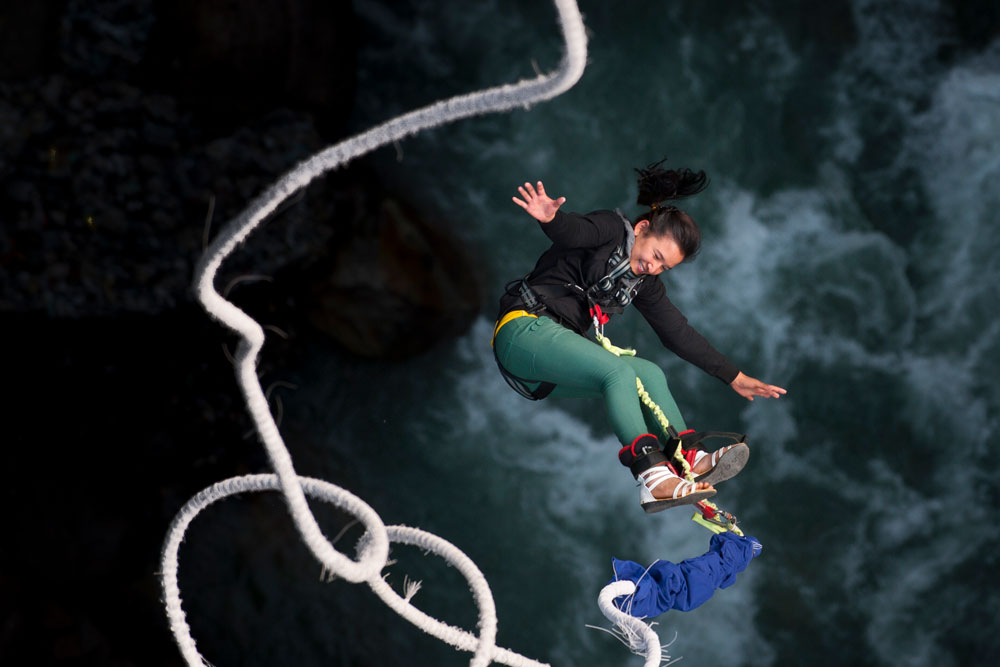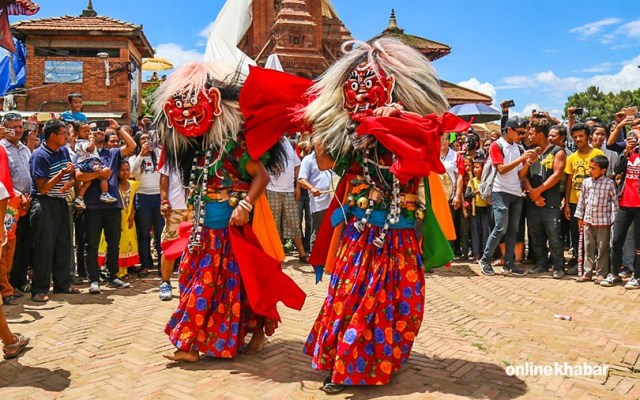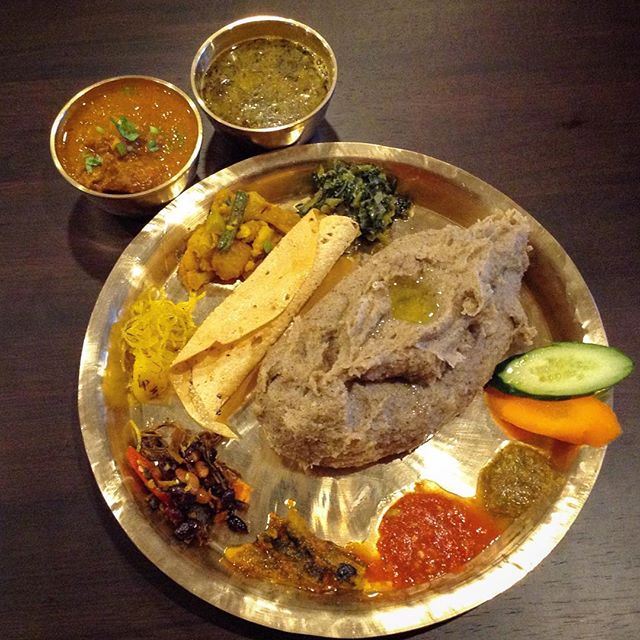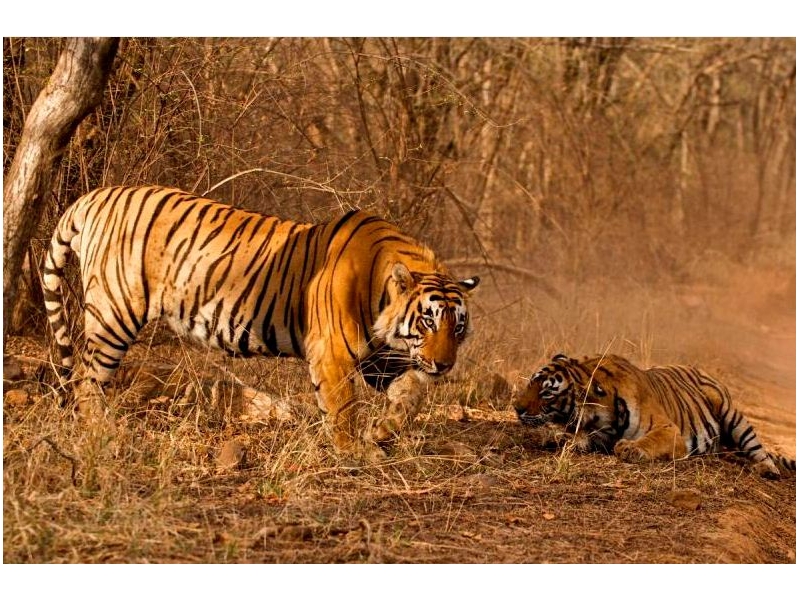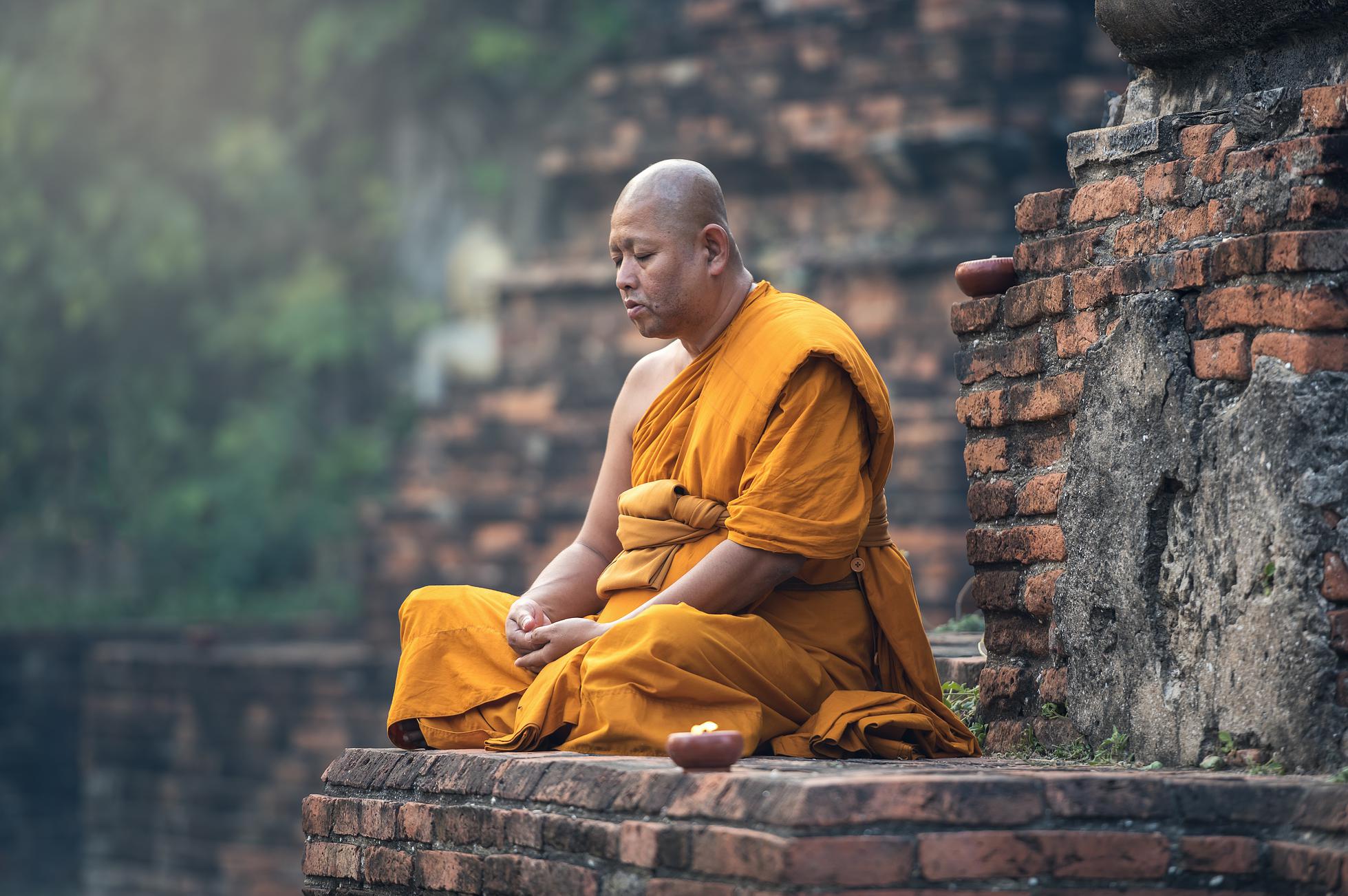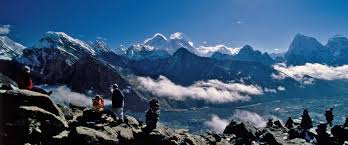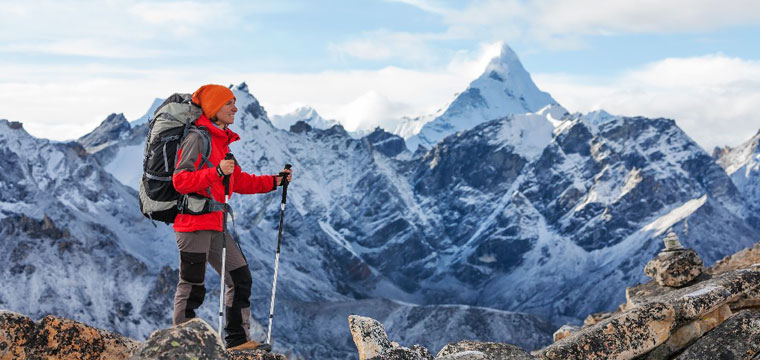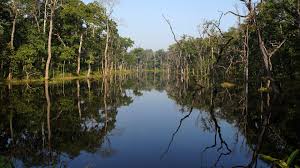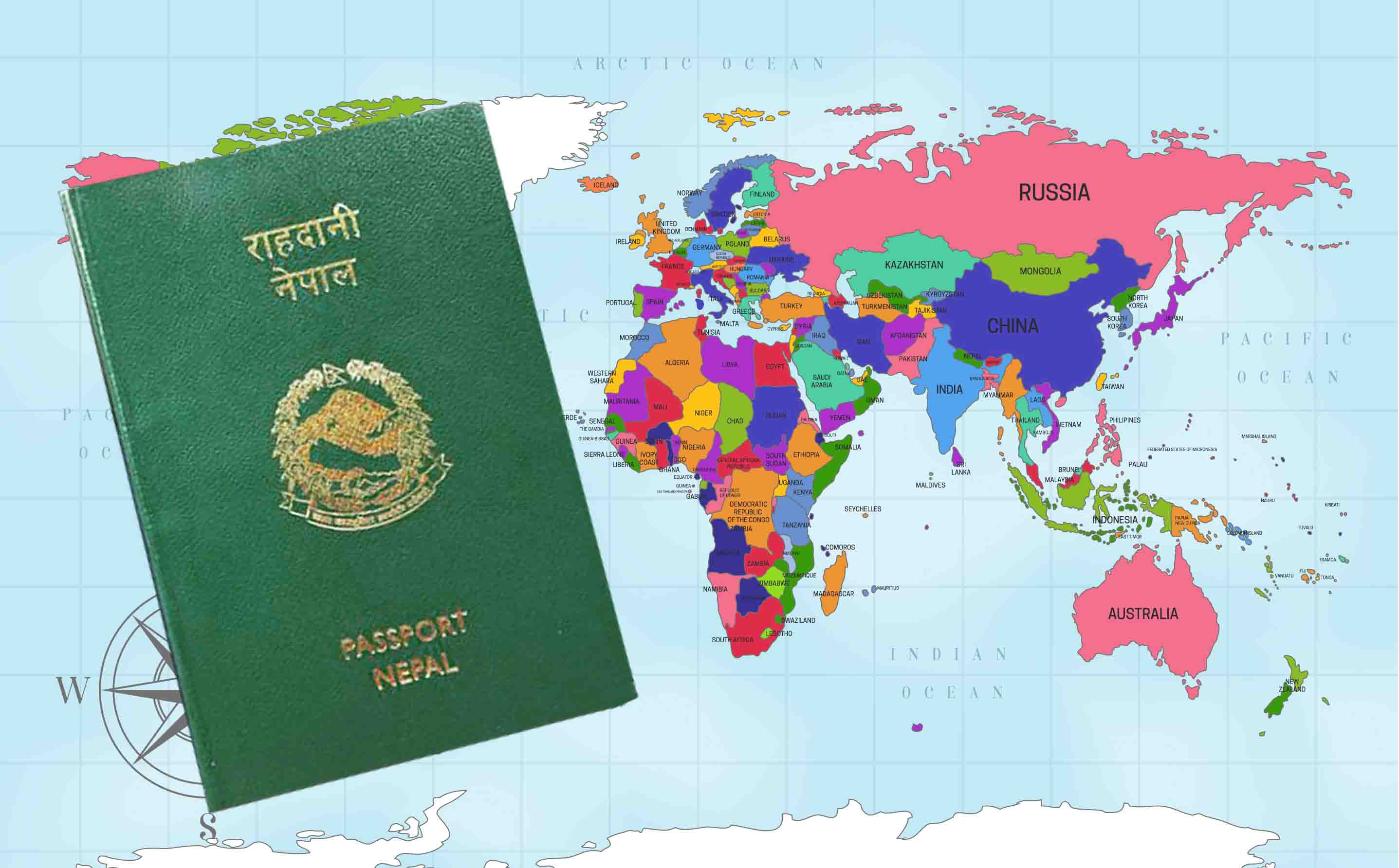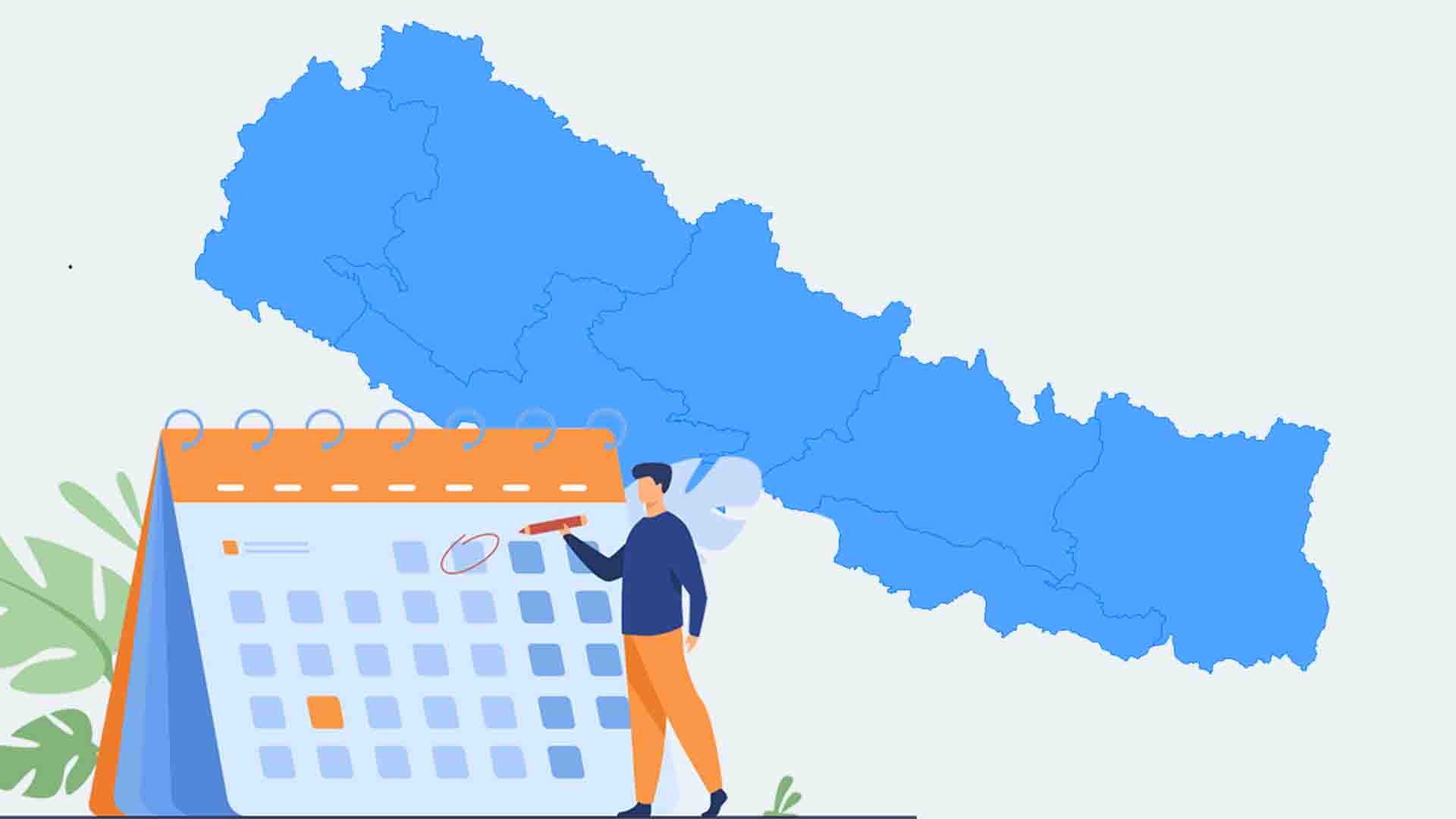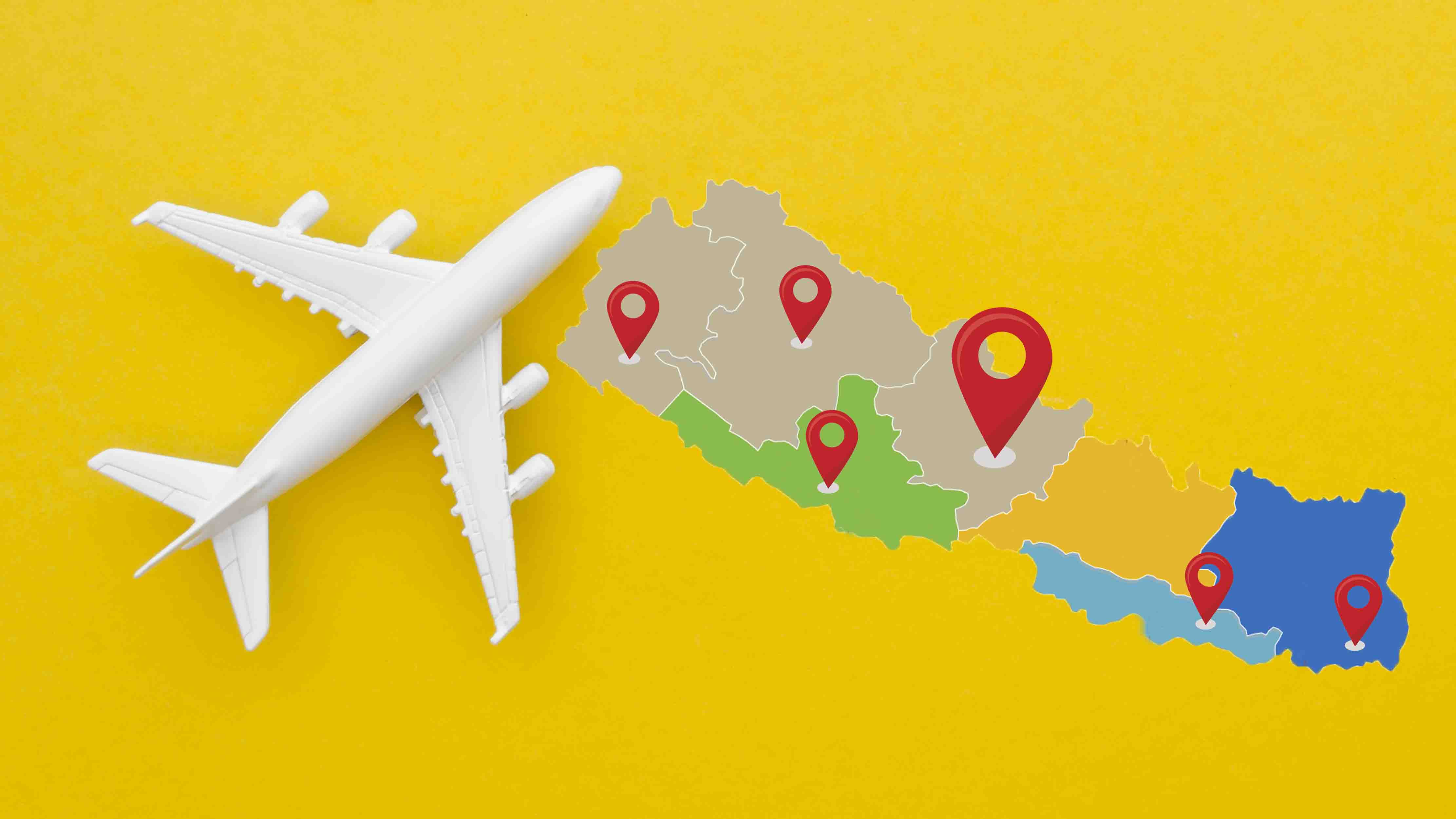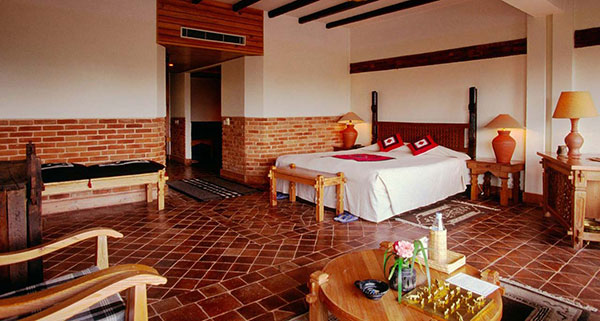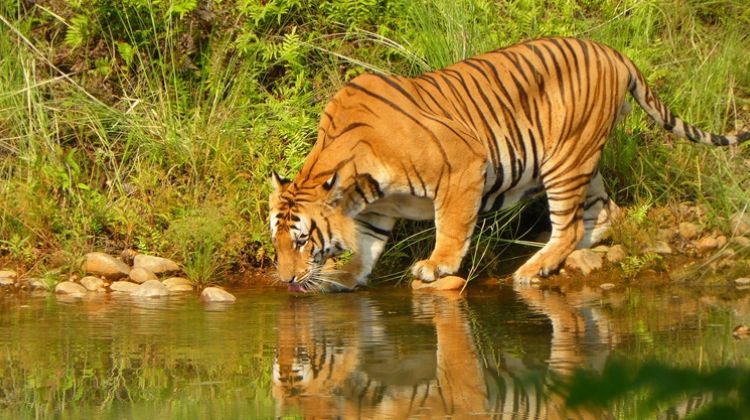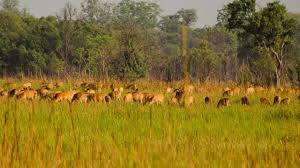Understand Nepal > national parks & conservation areas > Shuklaphanta National Park
Shuklaphanta National Park
The youngest and farthest national park, and second-largest wildlife reserve of Nepal – Sukhlaphanta National Park, wildlife gem of Kanchanpur District in Sudurpaschim Province, covers an area of 305 km2. Bordered by an Indian State – Uttar Pradesh in the South, the park was established as a Royal Hunting Reserve in 1999 with only 155 km2 area, which is converted into the present state in 2017.
The perfect destination for wildlife enthusiasts looking for real challenges with intention to explore the unexplored is the park is the must-visit destination of western Nepal. The park is still a mystery, and there is suspense in every step, making it an adventurous journey for tourists.
One of the least humans interfered with untamed lands, and the park is home to the largest herd of swamp deer with more than 2000. Full of outstanding grasslands, extensive biodiversity, mind-blowing landscapes, and sceneries, the park has 46 species of mammals, with 17 feral tigers, 18 mammal species as endangered or protected ones like Bengal Tiger, Indian Leopards, antelopes, and one-horned rhinos. The rivers, lakes, and ponds of this park have 28 species of fish, 12 species of reptiles and amphibians. Paradise of birdwatchers, the park is home to 423 species of birds with star attractions like slaty woodpecker, white-napped woodpecker, darter, grey-headed fish eagle, etc.
Having the wide open grasslands and wetlands, the park includes Sal forest vegetation primarily. The best thing about the park is its unexplored and immense spectrums of flora and fauna. Recognized as the ancient Kingdom of Tharu Community, the park still has a reminder of the Tharu King's castle, Singpal near Rani Tal.
The best time to travel Shuklaphanta National Park is between March to June, in the spring season, when there are moderate humidity and temperature, with lush of greens everywhere and clear blue sky. The summer season between May to August is quite hot on the lower part of the park in the Terai region. The monsoon season from mid of June to the end of August can be messy, and the autumn season is quite favorable as it is also the festive season in Nepal. Winter is quite cold, and the exploration can be a little hard.
There are plenty of exciting things to do in the park besides exploring the pristine jungle. However, exploring the park is the first one, with varieties of options like jungle safari, elephant ride, canoe ride, hiking, etc. which will let you enjoy sightseeing and birdwatching. You can visit different ponds, structures, and shrines like Ghodaghodi Tal, Dodhara Chandani bridge, Siddhanta Temple, Brahmadev Temple, Rani Tal, etc.
To reach the park, you can take a four-wheeler or two-wheeler from anywhere in Nepal as the roads up to the park is quite okay. You can take a flight from Kathmandu to Dhangadhi, and take a bus to Mahendranagar, then to the park. The entrance ticket costs NPR 100/person for Nepali people NPR 750/person for SAARC nationals, and NPR 1500/person for foreigners.








